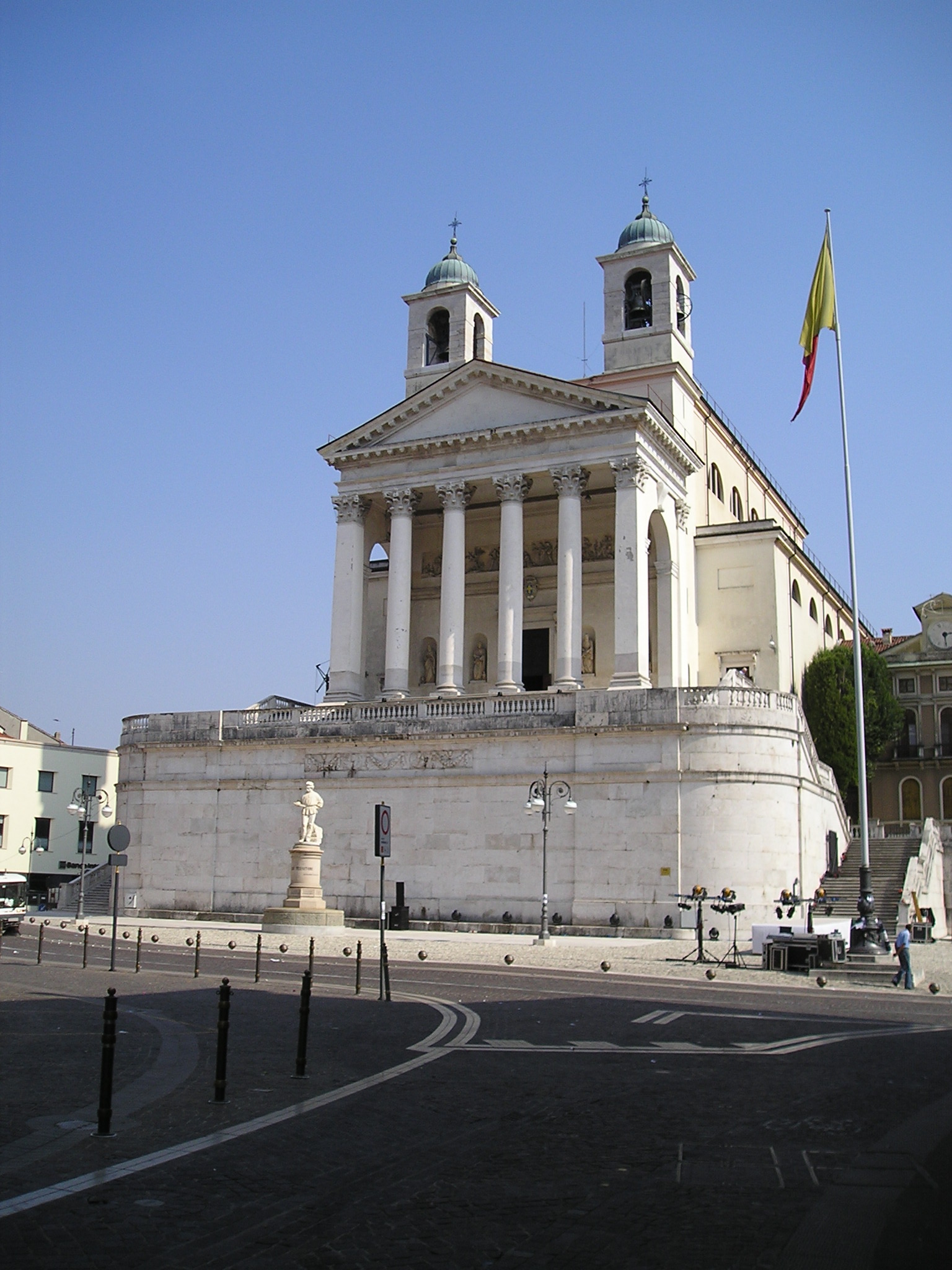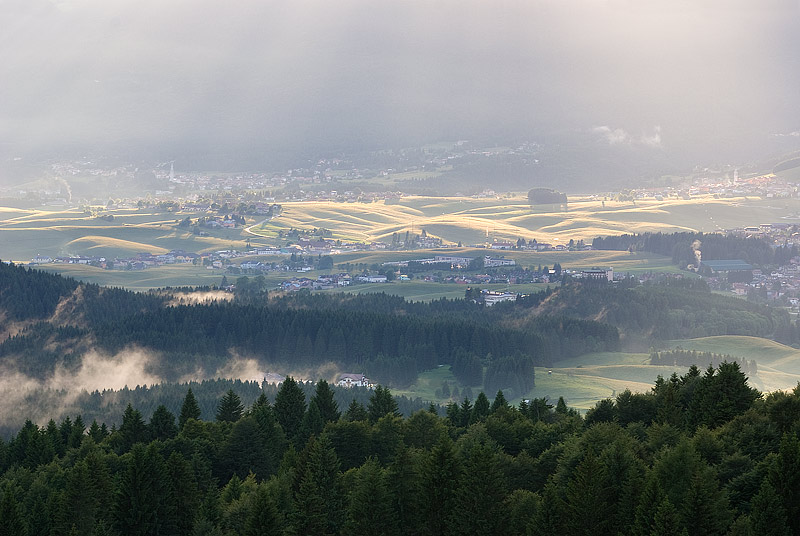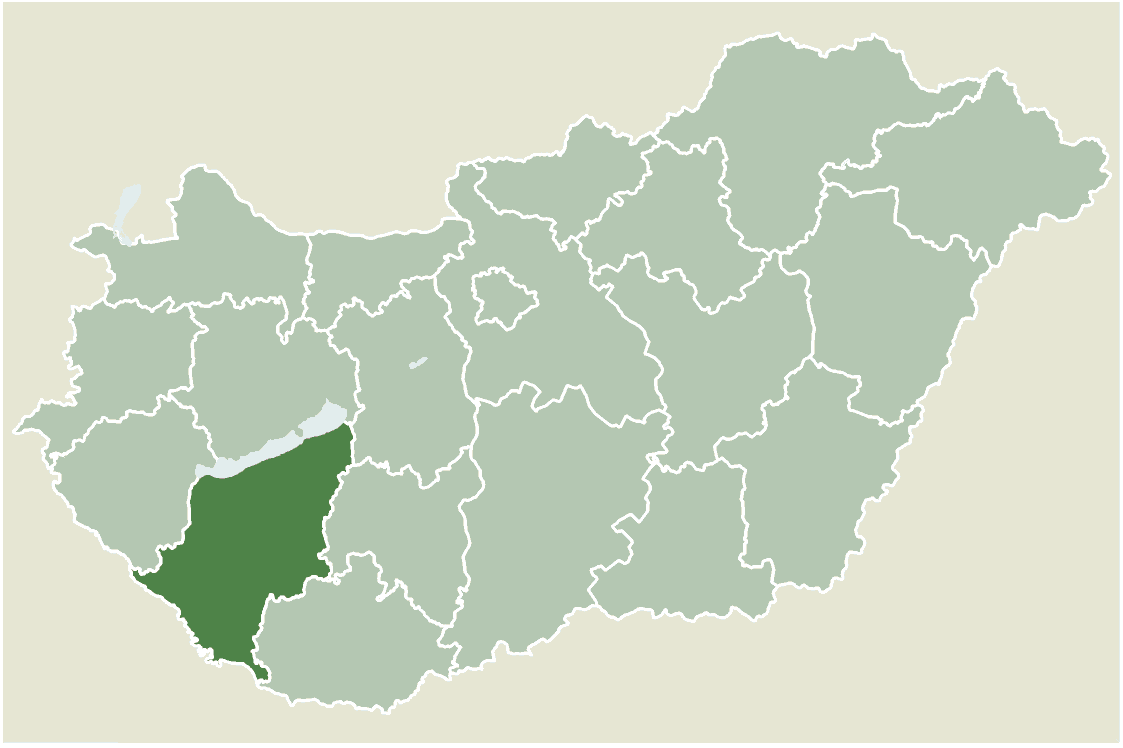|
Schio
Schio () is a town and comune in the province of Vicenza (region of Veneto, northern Italy) situated north of Vicenza and east of the Lake Garda. It is surrounded by the Little Dolomites (Italian Prealps) and Mount Pasubio. History Its name comes from Latin: ''escletum'' was a wood of oaks and it was first used in a document of some Benedictines from Vicenza. The first settlements were around two old hills, where now there are respectively the ruins of an old castle and a neoclassical cathedral. By the 12th century Schio had become an important centre of prosperous wool manufacturing. The city was ruled by the Venetian Maltraversi family until 1311. Schio is now an industrial town thanks to Alessandro Rossi, who founded the biggest Italian wool firm (Lanerossi) in the 19th century. Rossi also arranged the building of houses, nurseries, schools, theatres and gardens for his workers. The most important textile factories in Schio were Lanerossi, Conte and Cazzola. Schio was ca ... [...More Info...] [...Related Items...] OR: [Wikipedia] [Google] [Baidu] [Amazon] |
Schio Massacre
The Schio massacre was a mass prisoner killing carried out by former Italian partisans of the Garibaldi Brigade and officers of the Auxiliary Partisan Police in the city jail of Schio on the night of 6–7 July 1945. Of the 54 people who were killed, only 27 of them were fascist supporters or had collaborated with the Germans. The massacre was investigated by the Allies and two trials with convictions followed. Background The city jail of Schio in the Veneto housed 99 prisoners, men and women, of whom 91 were imprisoned for collaboration with the Germans or for other political reasons, whereas the remaining 8 were listed as common criminals. A third of the prisoners did not have formal charges pressed against them. According to the historian Sarah Morgan some of them were war criminals, but the majority were just second-rate supporters of the Italian Social Republic. During this time, Italian prisons were very overcrowded and it was expected that the Allies would be releasing p ... [...More Info...] [...Related Items...] OR: [Wikipedia] [Google] [Baidu] [Amazon] |
San Pietro, Schio
San Pietro, or ''St Peter'', is the Neoclassical architecture, Neoclassical-style, main Roman Catholic church or duomo of the town of Schio, region of Veneto, Italy. History and description A chapel at the site was present since medieval times, becoming a church by the 12th-century dependent on the church of Pievebelvicino (Torrebelvicino), which was the mother church of the Val Leogra. With the rising importance of Schio, this became the home of the archpriest for the region and principal church. The nave was built between 1740 and 1754 by Giovanni Battista Miazzi, with refurbishment of the choir in 1780 by Domenico Cerato. A new church facade was erected between 1805 and 1820, using designs of Antonio Diedo, carried out by Carlo Barrera. The scenographic staircases leading to the raised balcony-platform in front of the facade were erected in 1837 by Tommaso Meduna. The facade has a sober pronaos and flanked by symmetric bell-towers, inspired by the Palladio, Palladian designs ... [...More Info...] [...Related Items...] OR: [Wikipedia] [Google] [Baidu] [Amazon] |
Josephine Bakhita
Josephine Margaret Bakhita, (; c. 1869 – 8 February 1947) was a Catholic Church in Sudan, Sudanese Catholic religious sister who joined the Canossians after winning her freedom from slavery. She served in Italy for 50 years until her death in 1947. She was canonized in 2000, becoming the first female black Catholic saint in the modern era. Biography Early life She was born around 1869 in Sultanate of Darfur, Darfur (now in western Sudan) in the village of Olgossa, west of Nyala, South Darfur, Nyala and close to Mount Agilerei. She was one of the Daju people; her respected and reasonably prosperous father was brother of the village chief. She was surrounded by a loving family of three brothers and three sisters; as she says in her autobiography: "I lived a very happy and carefree life, without knowing what suffering was". Enslavement In 1877, when she was 7–8 years old, she was seized by Arab slave traders, who had abducted her elder sister two years earlier. She was fo ... [...More Info...] [...Related Items...] OR: [Wikipedia] [Google] [Baidu] [Amazon] |
Olinto De Pretto
Olinto De Pretto (26 April 1857 – 16 March 1921) was an Italian industrialist and geologist from Schio, Vicenza. It is claimed by an Italian mathematician, Umberto Bartocci, that De Pretto may have been the first person to derive the energy–mass-equivalence E=mc^2, generally attributed to Albert Einstein. But this is refuted by Ignazio Marchioro in '' Quaderni di Schio'', where it shows that the similarity was a coincidence, and that the energy proposed by De Pretto doubles the one of Einstein's formula. Also, De Pretto suggested that radioactive decay of uranium and thorium was an example of mass transforming into energy. Early life Olinto De Pretto was born on April 26, 1857, in Schio in what is now the province of Vicenza in northern Italy. Olinto was the sixth of seven children (three boys, and four girls). His mother was Angelica Boschetti (1822–1905). His father, Pietro De Pretto (1810–1891), was an architect whose hobbies included astronomy and geology, two studie ... [...More Info...] [...Related Items...] OR: [Wikipedia] [Google] [Baidu] [Amazon] |
Province Of Vicenza
The province of Vicenza (; ) is a province in the Veneto region of Italy. Its capital city is Vicenza. The province has an area of 2,722.53 km2, and a total population of 865,082 (as of 2017). There are 113 ''comuni'' (municipalities) in the province. Towns in the province include Bassano del Grappa, Schio, Arzignano, Montecchio Maggiore, Thiene, Torri di Quartesolo, Noventa Vicentina, Marostica, Lonigo and Valdagno. Population is unevenly spread throughout the province. More than 60% of the populace resides in densely industrialised areas in the eastern, western, and northern (known as Alto Vicentino) conurbations, as well as the area surrounding Bassano del Grappa. The remaining 40% reside in predominantly rural areas in the southern part of the province (the Colli Berici and Basso Vicentino) or the Asiago plateau. Economic development in some areas is hindered by industrial and agricultural depression. Towns in the western section such as Valdagno and Montecchi ... [...More Info...] [...Related Items...] OR: [Wikipedia] [Google] [Baidu] [Amazon] |
Emmanuel Sabbi
Emmanuel Afriyie Mario Sabbi (born December 24, 1997) is an American professional soccer player who plays as a winger for Major League Soccer club Vancouver Whitecaps. Youth Sabbi was born in Schio, Italy to Ghanaian parents. He grew up in the United States, however, and for the majority of his youth, he played for Ohio Premier Soccer Club in Columbus, Ohio. Ohio Premier became national finalists at the 2014 USYS National Championships in Maryland. Sabbi won the golden boot and was named most valuable player of the tournament. He then moved on to Chicago Magic PSG for a few years before signing a youth contract with Spanish side Las Palmas. Club career Sabbi initially committed to play at the University of Akron but opted to sign a reserve contract with UD Las Palmas instead. After a year with Las Palmas, Sabbi signed a professional deal with newly promoted Hobro IK in Denmark. He made his professional debut as a sub in a loss to FC Midtjylland on September 17, 2017. In Janu ... [...More Info...] [...Related Items...] OR: [Wikipedia] [Google] [Baidu] [Amazon] |
Veneto
Veneto, officially the Region of Veneto, is one of the 20 regions of Italy, located in the Northeast Italy, north-east of the country. It is the fourth most populous region in Italy, with a population of 4,851,851 as of 2025. Venice is the region's capital while Verona is the largest city. Veneto was part of the Roman Empire until the 5th century AD. Later, after a Feudalism, feudal period, it was part of the Republic of Venice until 1797. Venice ruled for centuries over one of the largest and richest maritime republics and trade empires in the world. After the Napoleonic Wars and the Congress of Vienna, the Venetian Province, former Republic was combined with Lombardy and re-annexed to the Austrian Empire as the Kingdom of Lombardy–Venetia, until that was Italian unification, merged with the Kingdom of Italy in 1866, as a result of the Third Italian War of Independence and of a Plebiscite of Veneto of 1866, plebiscite. Besides Italian language, Italian, most inhabitan ... [...More Info...] [...Related Items...] OR: [Wikipedia] [Google] [Baidu] [Amazon] |
Pétange
Pétange (; ; ) is a Communes of Luxembourg, commune and town in south-western Luxembourg. It is part of the Esch-sur-Alzette (canton), canton of Esch-sur-Alzette and is the fifth-most populous commune in Luxembourg, as well as the most populous without List of towns in Luxembourg, town status. Pétange lies at the borders with both Belgium and France. , the town of Pétange, which lies in the north of the commune, has a population of 9,910. Other towns within the commune include Lamadelaine and Rodange. The commune is one of the List of communes of Luxembourg by area, smallest communes of Luxembourg, yet is the List of communes of Luxembourg by population, fifth-most populous. It is the most-populous commune without List of cities in Luxembourg, city status. History The modern settlement of Pétange was first mentioned in 938 by the name 'Perdgitten'. Six centuries later, Pétange had still not acquired much prominence; in 1536, it was home to only about 25 people. In 1601, ... [...More Info...] [...Related Items...] OR: [Wikipedia] [Google] [Baidu] [Amazon] |
Kaposvár
Kaposvár (; also known by alternative names) is a city with county rights in southwestern Hungary, south of Lake Balaton. It is one of the leading cities of Transdanubia, the capital of Somogy County, and the seat of the Kaposvár District and the Roman Catholic Diocese of Kaposvár. Etymology and names The name ''Kaposvár'' is derived from the Hungarian words ''kapu'' (gate) and ''vár'' (castle). Variants of the city's name include ''Ruppertsburg'' / ''Ruppertsberg'' / ''Kopisch'' ( German), ''Kapoşvar'' ( Turkish), ''Rupertgrad'' ( Slovene), and ''Kapošvar'' ( Croatian). Symbols The shield of Kaposvár features a castle with a rounded arch port surmounted by three battlements with loopholes on a hill of green grass. The flag of Kaposvár consists of the coat of arms placed over a yellow background. Geography Kaposvár is surrounded by the hills of the outer Somogy area around the Kapos river and the forests of Zselic. It lies southwest of Budapest. Historica ... [...More Info...] [...Related Items...] OR: [Wikipedia] [Google] [Baidu] [Amazon] |
Landshut
Landshut (; ) is a town in Bavaria, Germany, on the banks of the Isar, River Isar. Landshut is the capital of Lower Bavaria, one of the seven administrative regions of the Free state (government), Free State of Bavaria, and the seat of the surrounding district. With a population of more than 75,000, Landshut is the largest city in Lower Bavaria, followed by Passau and Straubing. The town, called City of the Three Helmets (), is known for its picturesque Gothic architecture, Gothic old town and the Landshut Wedding, a full-tilt medieval festival. The cityscape is dominated by the St. Martin's Church, Landshut, St. Martin's Basilica and Trausnitz Castle high above the old town. Close to Munich and Franz Josef Strauss International Airport, Landshut is industrialized (BMW, ebm-papst, Schott AG, Schott), has a low unemployment rate and is among the richest towns in Bavaria. Geography Landshut lies in the Alpine foothills. The River Isar runs through the city and splits in two in t ... [...More Info...] [...Related Items...] OR: [Wikipedia] [Google] [Baidu] [Amazon] |





